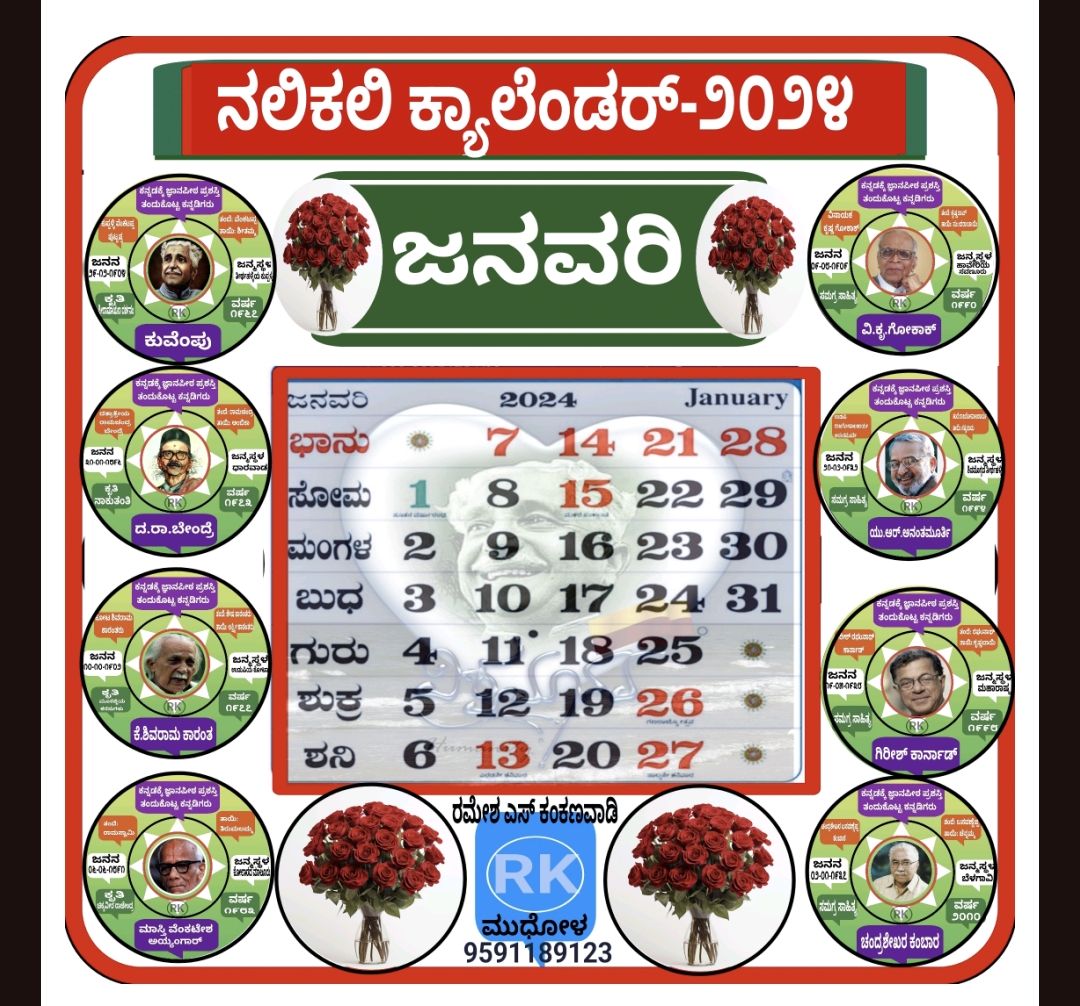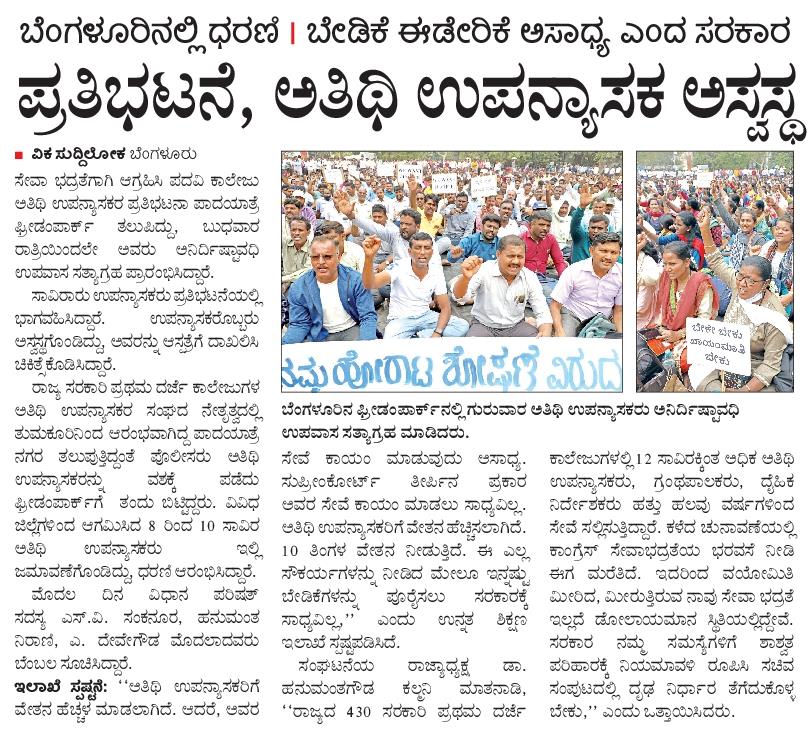File name: CALENDAR
🍀FILE TYPE: PDF
🌿FILE PAGES-
🌏FILE Download Option: yes
🏔️File size- 1MB
🎈File cost: free
🍀 Calendar- NALI KALI
🍀Special thanks to
🌐Download option -yes
💫Edited file: no
🖇️File link. Yes
📝Published year –
🎓 Year-
👉File Language: kannada
The history of calendars is extensive and diverse, shaped by various cultures and civilizations over thousands of years. Here’s an overview:
1. **Ancient Calendars:** Early civilizations, such as the Sumerians, Egyptians, and Babylonians, developed some of the earliest known calendars based on lunar or solar cycles. These calendars often revolved around agricultural needs, religious observations, and celestial events.
2. **Egyptian Calendar:** One of the earliest known calendars was the Egyptian calendar, which had a 365-day year divided into 12 months of 30 days each, with an additional five days at the end of the year. This calendar is thought to have influenced later systems.
3. **Mesopotamian Calendar:** The Babylonians devised a lunar calendar around 2000 BCE, consisting of 12 lunar months. To align it with the solar year, they added an extra month periodically.
4. **Greek and Roman Calendars:** The Greeks and later the Romans made significant contributions to calendar development. The Roman calendar underwent several reforms, with the Julian calendar introduced by Julius Caesar in 45 BCE. It was based on a solar year of 365.25 days, with leap years occurring every four years.
5. **Julian to Gregorian Calendar:** By the 16th century, the Julian calendar had drifted from the solar year, leading to inaccuracies in determining religious holidays. Pope Gregory XIII introduced the Gregorian calendar in 1582, modifying leap year rules to better align with the solar year by omitting leap years in certain centennial years (unless divisible by 400).
6. **Adoption of the Gregorian Calendar:** The Gregorian calendar gradually gained acceptance across Catholic countries, but its adoption worldwide took centuries. Protestant countries and regions adopted it at different times, with Great Britain and its colonies, including the United States, adopting it in 1752.
7. **Modern Calendars:** The Gregorian calendar is the most widely used calendar globally today, accepted for civil and religious purposes in most countries. However, different cultures also follow their traditional or religious calendars alongside the Gregorian calendar for specific purposes or events.
Calendars have continuously evolved, reflecting societal needs, scientific advancements, and cultural practices. Today, various calendar systems exist globally, each serving unique purposes within their respective cultures and societies.
Special thanks to RAMESH S Kankanavadi mudhol sir



